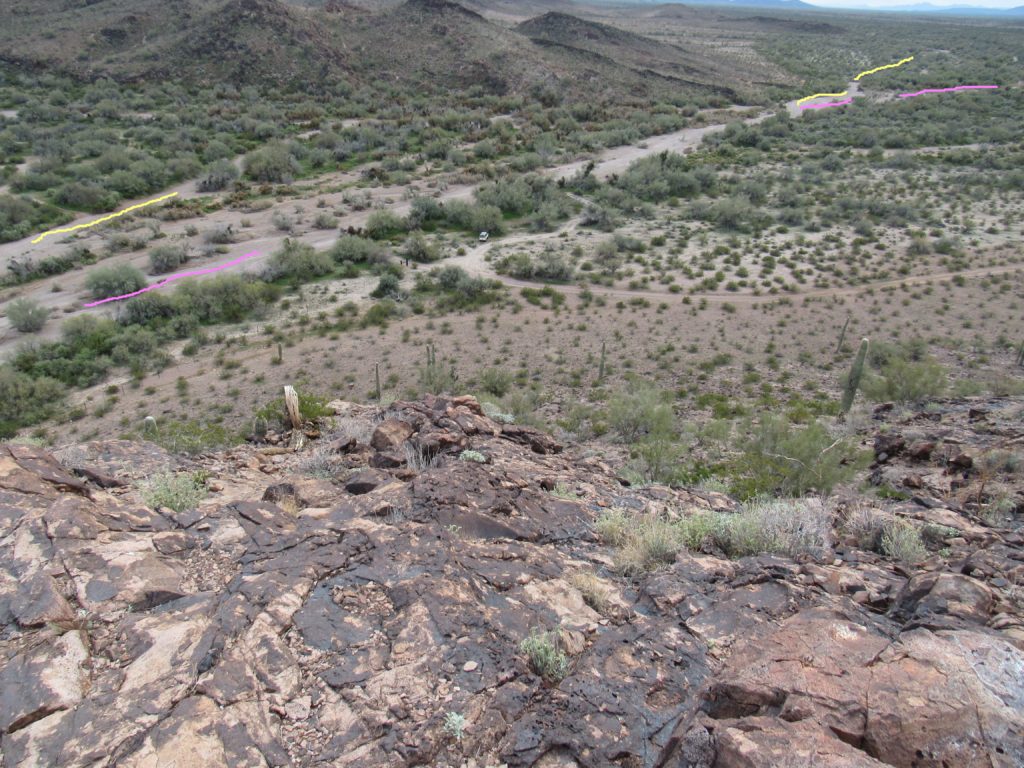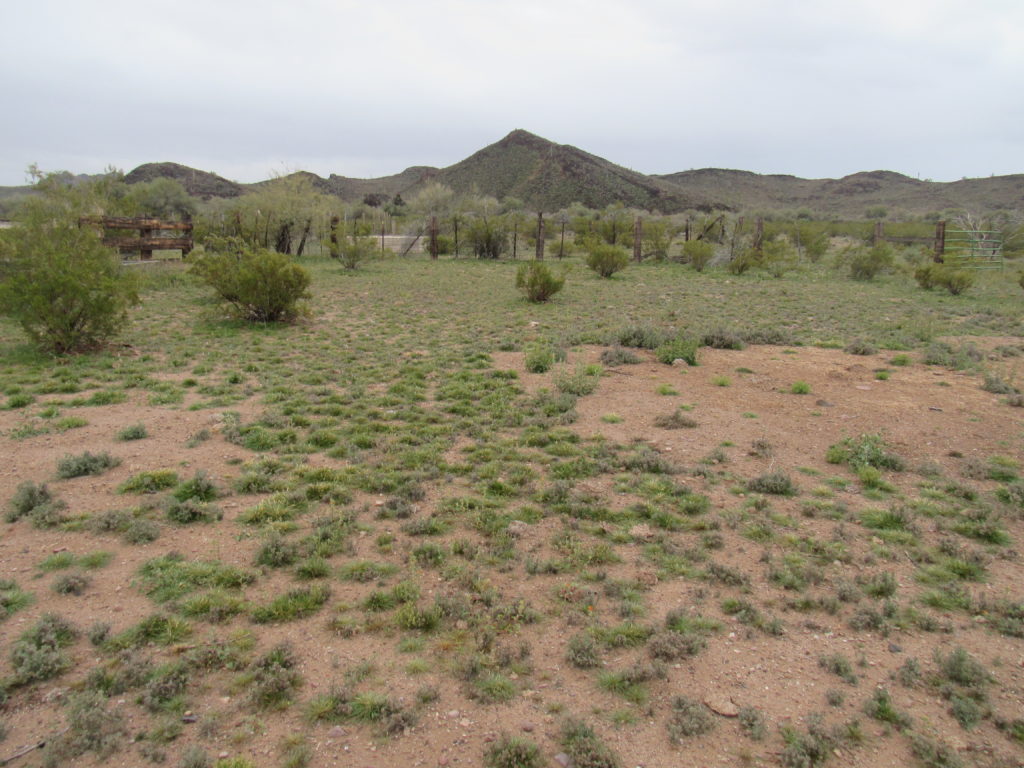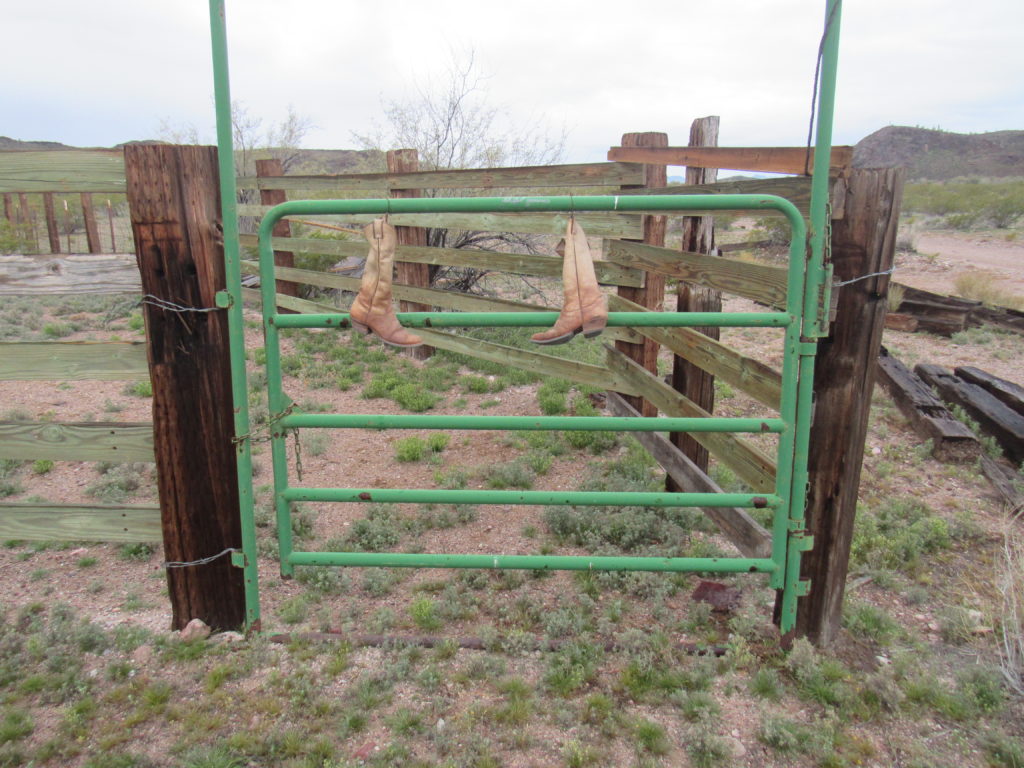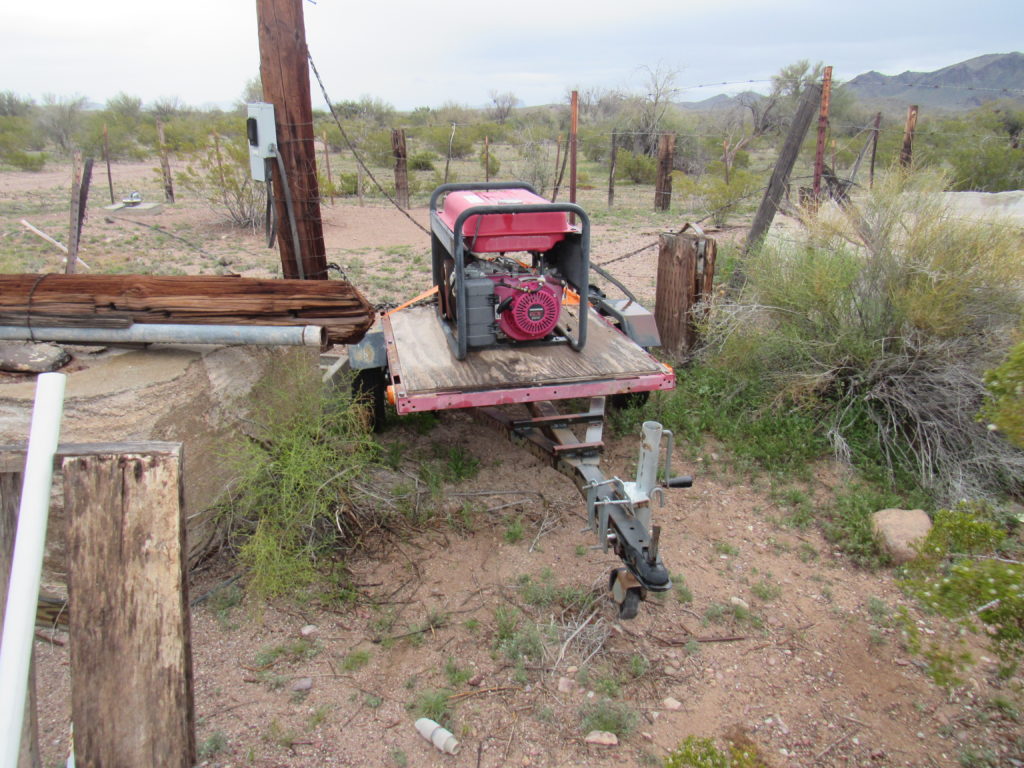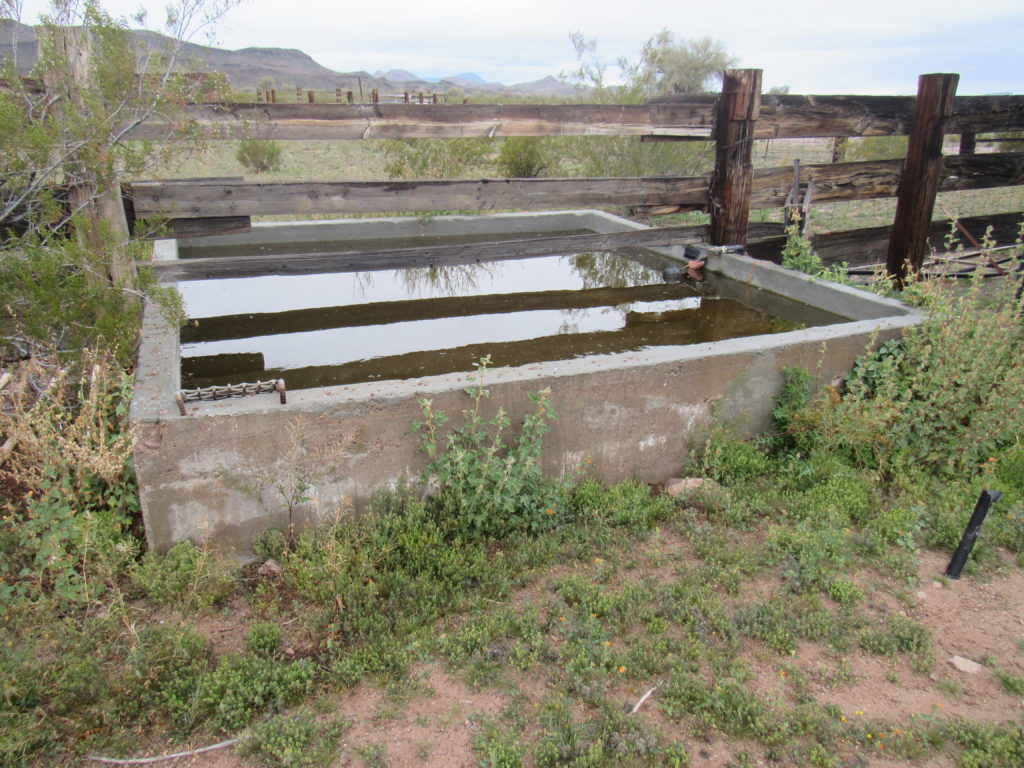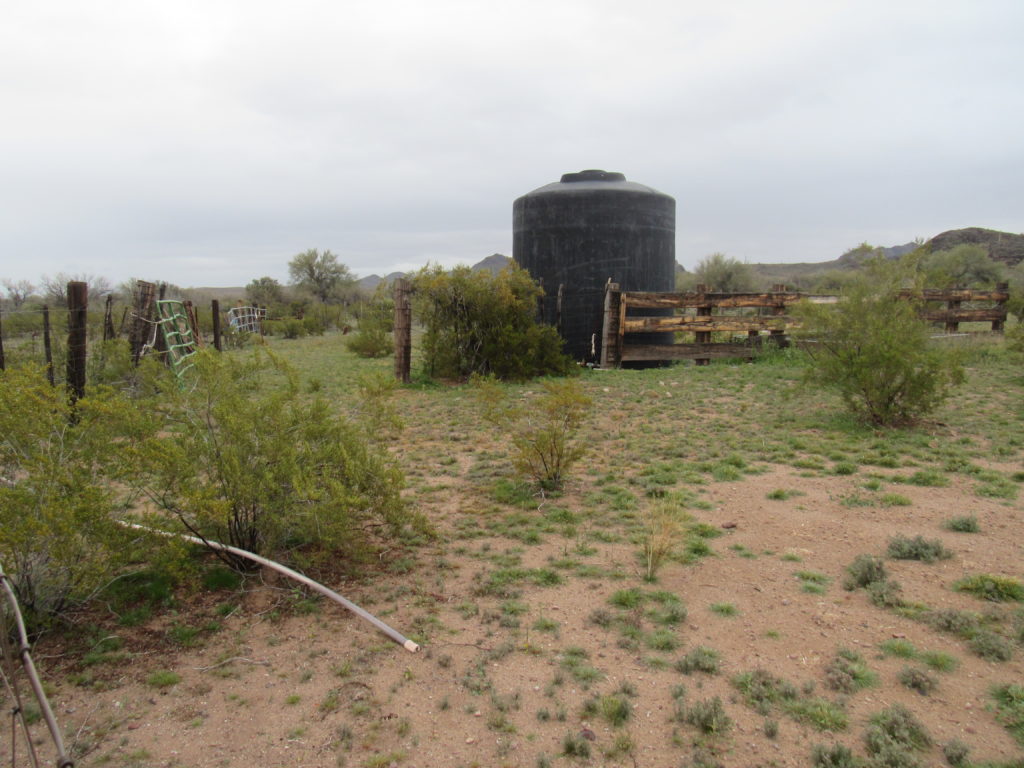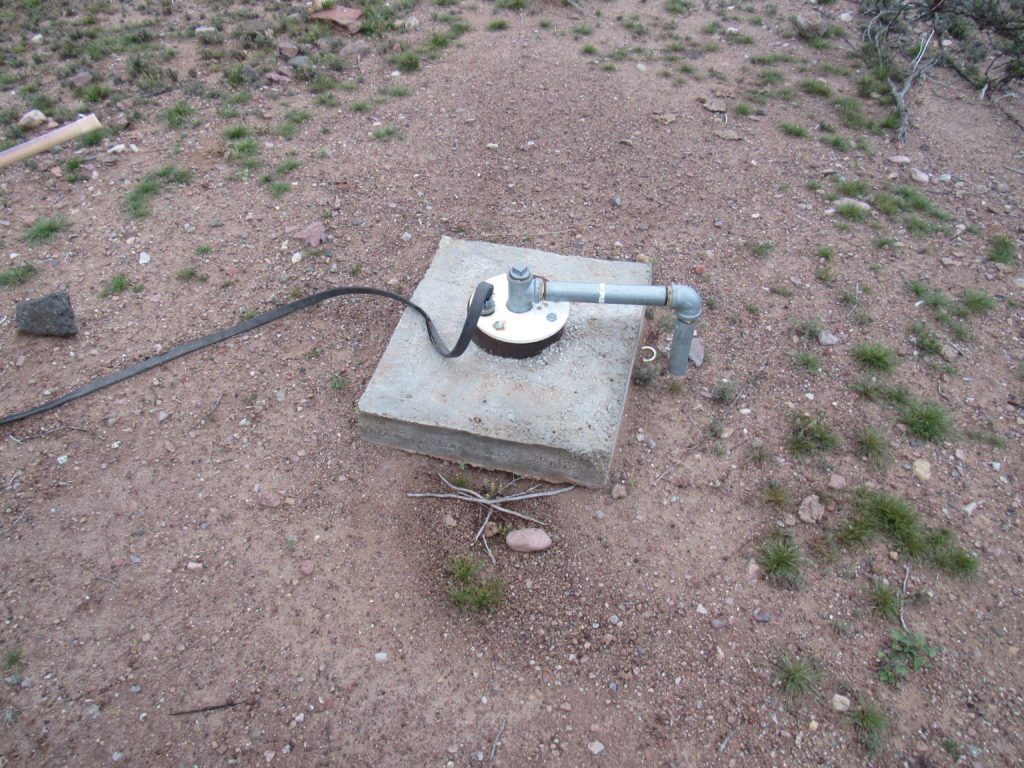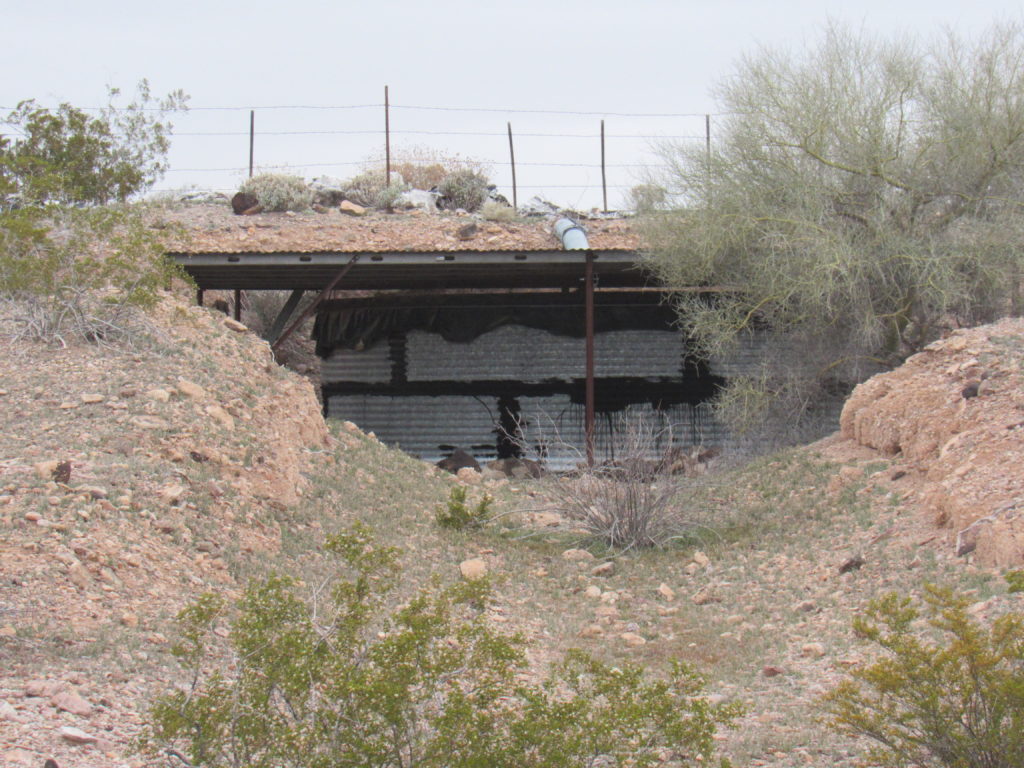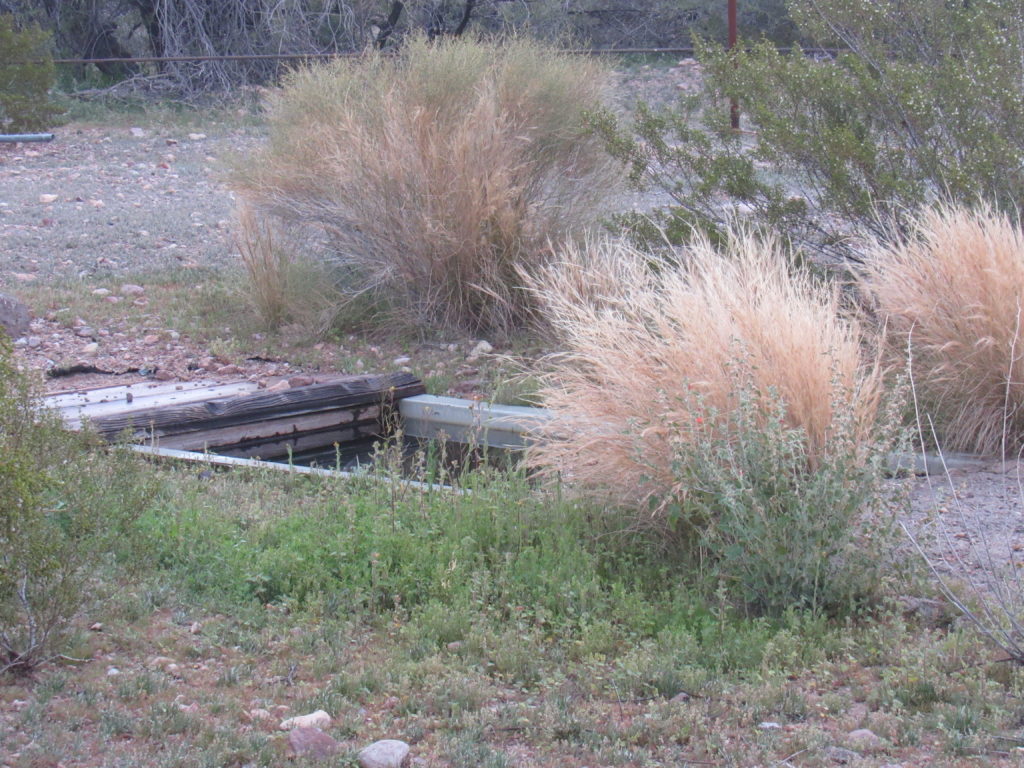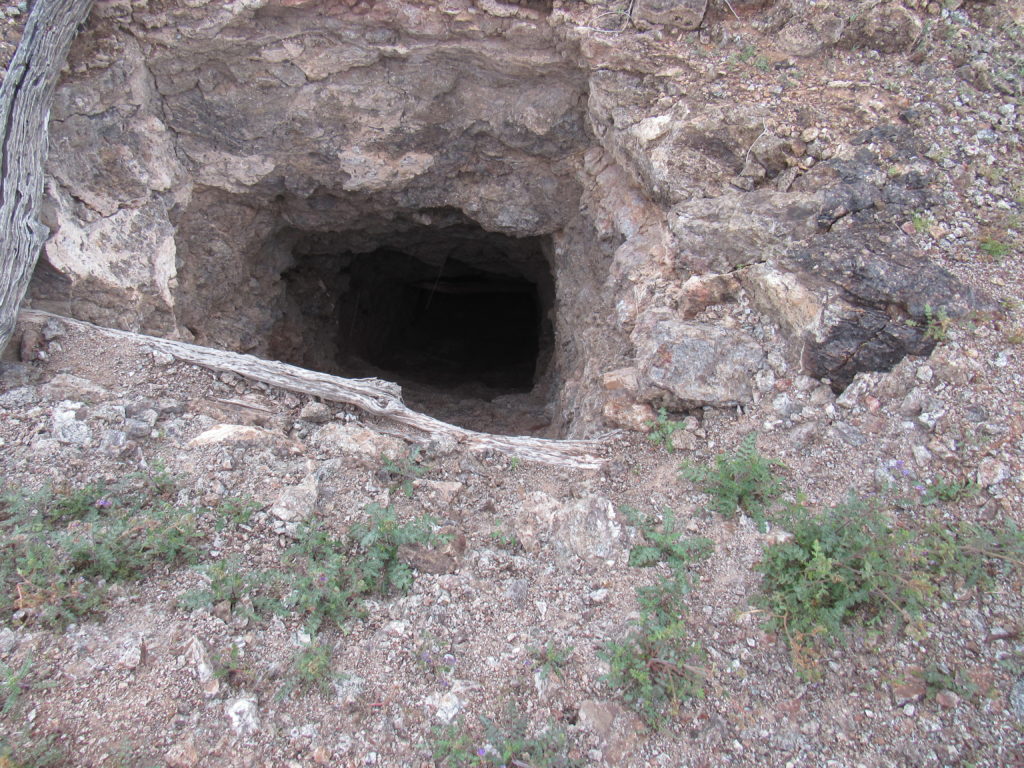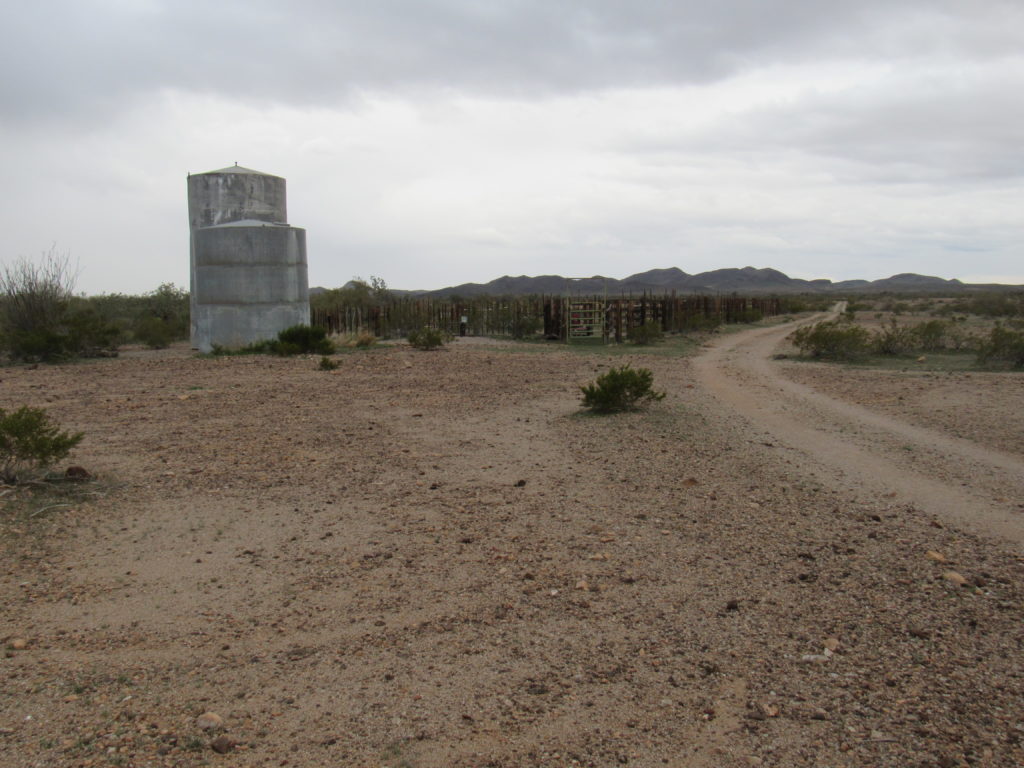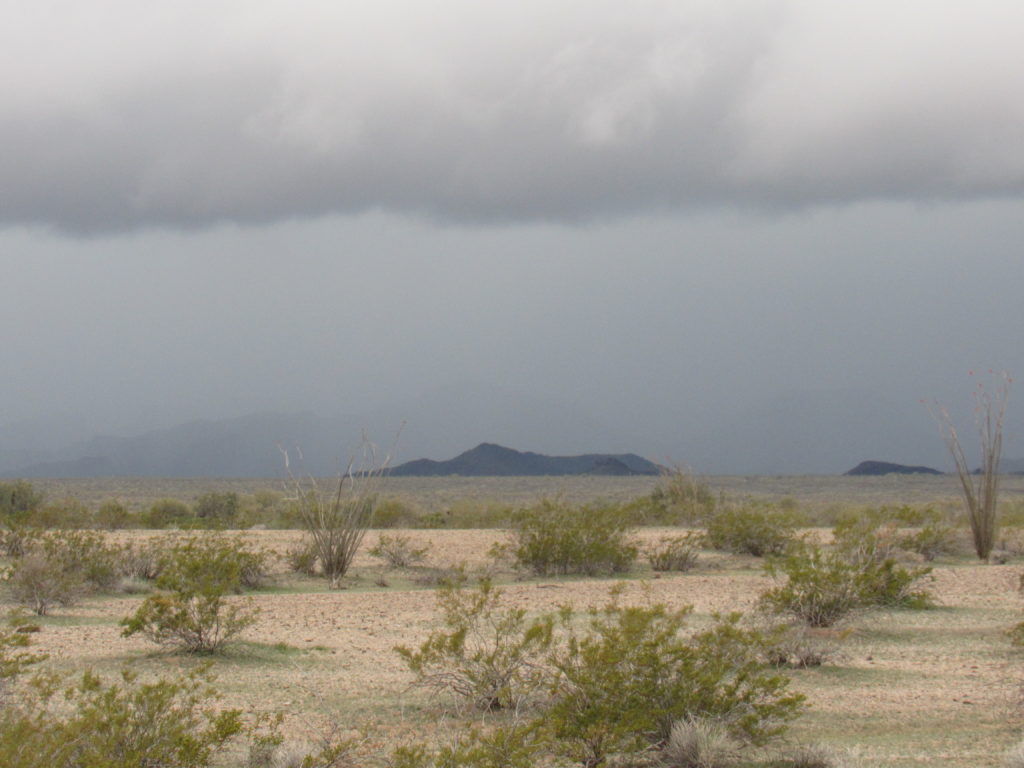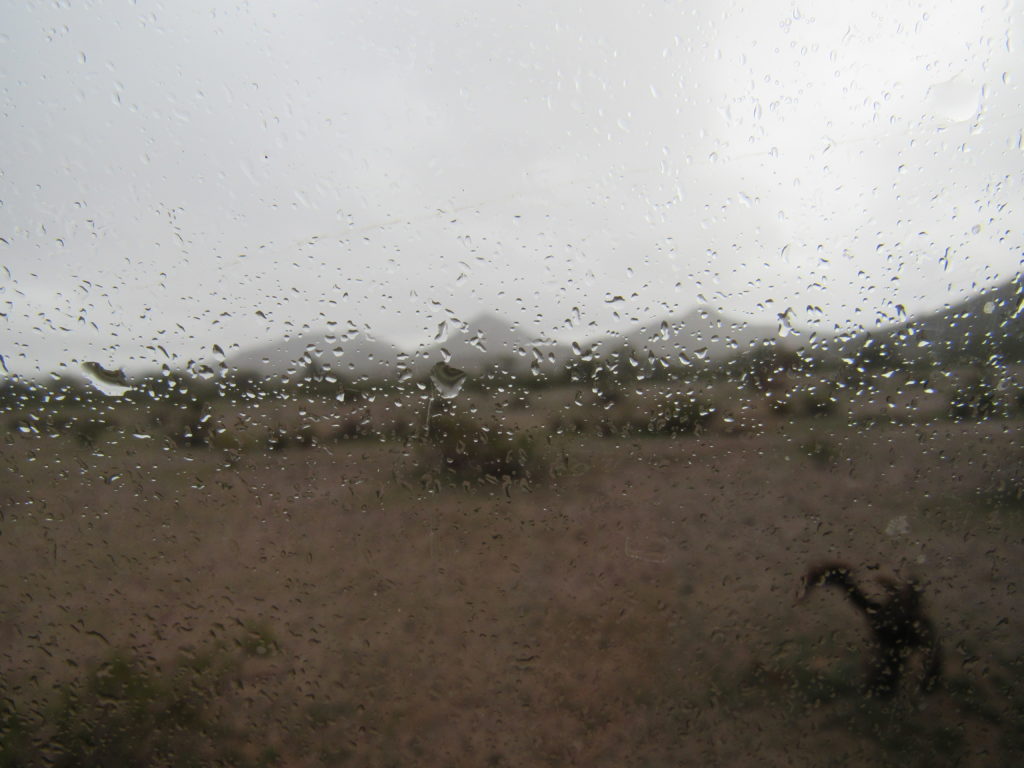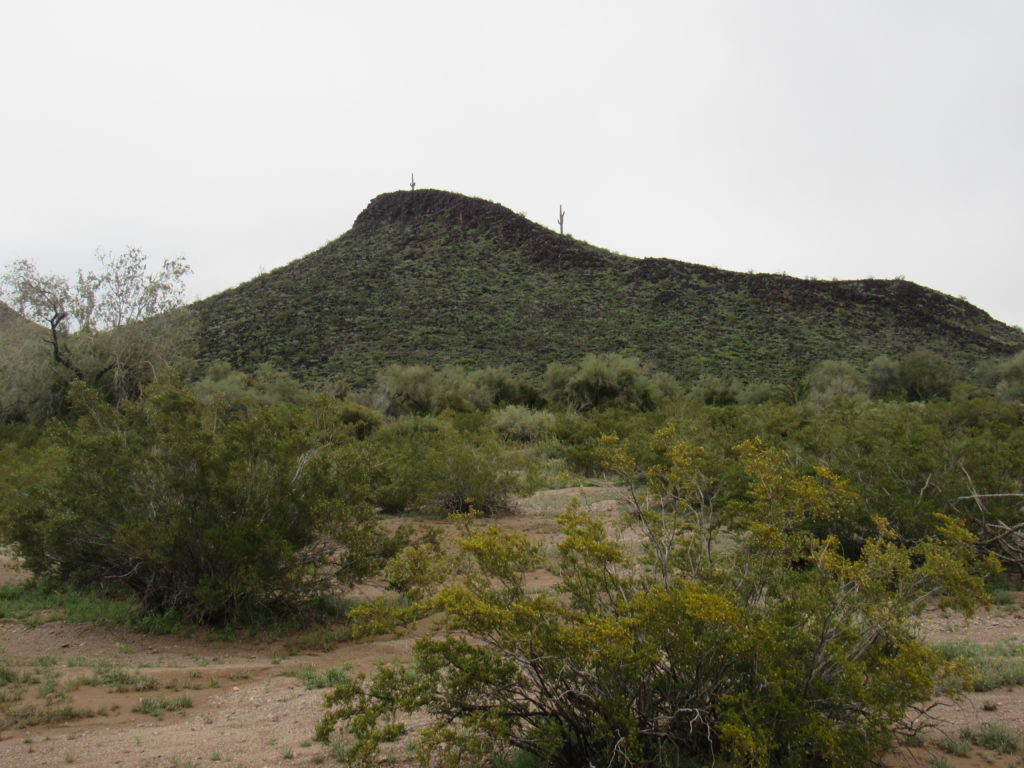Of all the tales that are told of the Wild West, none is more famous than the gunfight at the OK Corral in Tombstone, Arizona. Hundreds of books have been published about the town itself and the characters involved in that famous shoot-out, and I’ll certainly not attempt to add to them, but I would like to talk a little about one of the names that lives in infamy from that day, October 26, 1881.
As many of you know, the two sides in the gunfight were as follows: Virgil Earp, Morgan Earp, Wyatt Earp and Doc Holliday on the one side, versus Billy Claiborne, Ike Clanton, Billy Clanton, Tom McLaury and Frank McLaury on the other side. History records that the 30-second skirmish left Billy Clanton and both McLaury brothers dead. The name on which I’d like to focus is that of Clanton.
Billy Clanton died, while Ike Clanton, coward that he was, fled the scene to live another day. Ike was a no-good cattle rustler and ne’er-do-well who met his own just end a few years later in 1887, shot dead while resisting arrest in a gunfight with lawmen. Billy and Ike were known outlaws, but came by their craft honestly, learning from their father, Newman Haynes Clanton, who is the real subject of this piece.
Clanton, or Old Man Clanton as he was known to many, was born around 1816 in Davidson County, Tennessee. He married Mariah Sexton Kelso in Callaway County, Missouri in 1840 and they had 5 sons and 2 daughters. He had been a slaveholder and planter in Tennessee, and as the years passed he moved his family farther and farther west. He tried gold mining in California, among other things, and at the end of the Civil War in 1865 he moved his family to Arizona Territory. Back to California for a while, where his wife died in 1871. He then moved back to Arizona in 1873, where he took up cattle ranching, and most of his children followed him there. Here’s a photo of him taken around 1880.

During their many moves around the country, the Clantons had repeated run-ins with the law. The Old Man and his oldest son John were convicted of desertion during the Civil War. They developed a reputation as thieves and thugs which followed them to Arizona. The Old Man bought a ranch in the San Pedro Valley and started raising cattle to feed the growing appetites of the growing silver-mining town of Tombstone, and they profited from this. However, they also belonged to a group of outlaws known as the Cowboys who crossed the border into Mexico where they stole cattle and re-sold them to miners in Cochise County.
Two of the sons, John and Phin, worked the family cattle ranch. Phin was arrested several times for cattle rustling and once for robbery. Several of the Cowboys, including “Curly Bill” Brocious and Frank and Tom McLaury worked on the ranch for a time. During the 1880s, Johnny Ringo also became associated with the Clantons. Then came into play a site called Skeleton Canyon.
In July of 1879, several cattle rustlers attacked a rancho in northern Sonora, Mexico and killed several of the inhabitants. Mexican Rurales chased them back into the United States, where they were ambushed and killed by Clanton and his men. Clanton then left his San Pedro River ranch in the care of his sons, and moved to a new ranch in the Animas Valley of New Mexico, only a mile from the Mexican border. He used this ranch as a staging-ground for raids into Mexico.
Two years later in July, 1881 Clanton learned that several Mexican smugglers carrying silver were heading into the United States through Skeleton Canyon. Curly Bill, Old Man Clanton, Johnny Ringo, Ike and Billy Clanton, Frank and Tom McLaury, along with other of the Cowboys, killed six of the nineteen smugglers, then killed the rest when they tried to escape. Karma was finally about to catch up with Clanton, however. On August 12, 1881 he and 6 other men were herding stolen cattle through the canyon. Around dawn, they were ambushed by Mexicans seeking justice in what would come to be known as the Guadalupe Canyon Massacre. Five men were killed by the Mexicans. Clanton, who was cooking breakfast, was shot and fell dead into the cook-fire. Thus ended the life of Old Man Clanton, a scurvy dog if ever there was one.
So now I’ve come full circle. At some point which is ambiguous to historians, Old Man Clanton had tried to make a go of things in an area of eastern Yuma County about 6 miles from the Maricopa County line. It seems likely his interest there was mining as well as cattle – this was before his later notoriety in the Tombstone area. Somebody reckoned that he played enough of a role there that a group of low hills was named after him, as well as a free-standing peak, another un-named peak with a benchmark, a wash and a well. It was my intention to explore the area, to see what I could see of those features and to have some fun while looking around.
There was a bit of old mining activity in the Clanton Hills – I intended to poke around and see what I could find. Bedrock in this area consists of Proterozoic to Jurassic igneous and metamorphic rocks that are overlain by Miocene silicic volcanic rocks, subordinate mafic and intermediate volcanic units, and continental calcareous sedimentary rocks. From a distance, I had seen some striking rock formations and layering and I was intrigued.
Okay, enough talk about Clanton for now – we’ll get back to him later. The Old Man had piqued my interest enough that I had to head for the hills – the Clanton Hills, that is – and see in person the haunts he had frequented, that had been named after him. It was my plan to spend several days there, having a good look around.
One afternoon in late February, I left Tucson and drove the 160 miles to Dateland, Arizona. There’s not much there – gas pumps, a convenience store, a place to get a bite to eat. It’s a good stopping place along the freeway, a place to top off your tank before venturing into the hinterlands, and that’s exactly what I did. The weather forecast for the next several days was dire. A big, cold storm was moving into the state – snow was predicted for the most unlikely places, such as the city of Tucson (this only happens once every 5-10 years). For the Clanton Hills, no snow but a real gully-washer – I thought I’d take my chances anyway. I had a few precious days off work and I wanted to make the most of them.
From Dateland, I drove 17 miles more on pavement, then north on good dirt roads for 20 miles before I’d reach them thar hills. I’d left home under clear blue skies, but now the scene was a solid overcast. As I drove along the straight, level road in the failing light, something caught my eye over to the left, some movement, a flash of white. It was 3 pronghorn antelope – they were running parallel to me, keeping pace with my truck. I was driving 15 to 20 mph, and that was an easy gait for them – these creatures, the fastest on 4 legs in our desert, can sustain a speed of 55 mph for half a mile. It was their white rumps which first caught my attention when they were perhaps 200 feet away. They are very curious creatures, sometimes to their own detriment. When I slowed to a stop to get my camera, they stopped too. When I started up again, so did they, and a bit later, when I stopped again, so did they, seeming to wait for me to resume. They ran with me for perhaps 10 minutes, covering a few miles in the process, before veering off into the gathering gloom, as if they had become tired of their game. Here in Arizona, we have 2 types of pronghorn antelope: the endangered Sonoran pronghorn, a subspecies found close to our border with Mexico, and the species which is found elsewhere through much of western North America – I had just seen the former. I was to later learn that a few of them had been transplanted into the area and were doing well.
A short while later, I stopped for the night. I was on a wide-open stretch of desert about half a mile short of my goal, the Clanton Hills. The weather was threatening as night fell around me. Because I sleep in the back of my truck, I need to empty it of all my gear and lay it outside, and because I was expecting a big blow, I had to bag it all up so it wouldn’t get soaked. At least it was still a warm 52 degrees when I turned in at 9:00 PM.
The rain held off all night, then early in the morning the heavens opened and down it came for 2 hours. During a lull, I packed everything up back in the truck. Since the weather looked so iffy, rather than climb, this seemed like a good morning to explore. I set off to the northeast and a mile later I arrived at a gap between the Clanton Hills and the Gila Bend Mountains. A strange quirk of geography happens in this thousand-foot-wide opening. Two major washes merge and actually become one, then miraculously separate once again and carry on in their own separate channels. Have a look at this next photo. The upper left area shows a yellow line for Nottbusch Wash and a pink line for Deadman Wash to the right of it. In the upper right, the 2 lines are together for a distance of 1,075 feet, and in the uppermost right they separate once again. I don’t think it’s physically possible, but it made the mapmakers happy to maintain the individuality of each wash.
I drove across their wide, sandy channel, then went on to visit nearby Clanton Well. Since it bears his name, I assume the Old Man must have dug the original well here. These photos illustrate what can be seen there today if you should visit. There are old wooden posts and barbed-wire corrals.
I liked this one, a corral made of more modern materials and a pair of retired cowboy boots.
A gasoline-powered generator pumps water into concrete tanks for cattle to drink.
And here’s a shot of the actual wellhead.
That’s not the only source of water in this area – little more than a mile distant, the Arizona Game and Fish Department has set up a guzzler – this captures rain water in an underground tank and feeds it into a drinker where animals can quench their thirst.
From the well, I continued north on what is known as the Palomas-Harquahalla Road, which runs up the eastern flank of the Clanton Hills. This is a decent track, easy to follow and with no difficulties, and runs along the wide, flat Nottbusch Valley. Along the way, I made a brief stop at an old mine shaft. Long-abandoned, I’ll bet it dates back to the 1880s or thereabouts when Arizona saw a flurry of early mining exploration. Who knows, maybe the Old Man had something to do with its creation.
After 5 miles on this road, I came to a junction where sat another well. It appears that this one is also used today, as another generator sits there to pump water into tanks from which cattle can drink.
I could see ominous clouds moving in my direction from the southwest, and it looked like I was in for some serious precipitation – I was glad I wasn’t standing atop some mountain right then.
At this second well, I made a major turn to the south on to what was shown on the map as a 4WD road, which can often spell trouble. At the very least, it would be rougher than what I’d been on so far. Out in the desert, these old roads are never maintained, they simply worsen until they’re no longer driveable. In about a mile, I came to a wash that looked like trouble. It was a tight squeeze between trees along some deep ruts, then some sharp turns through deep, soft sand to escape out the other side. I checked my map – yep, that was Deadman Wash alright. Not a good place to get stuck, it could be a long wait for help to come by. I decided I’d do almost anything to avoid having to come back that way.
Half a mile later, the storm hit – the rain was blinding, driving sideways, trapping me in the cab of my truck. I had just come up to another wash, but was unsure about driving down into it – it was just a blur through the rain-streaked windshield. All I could do was wait it out, which I did as the thunder boomed around me.
It left as quickly as it arrived. I stepped outside, water running in rivulets all around, and walked over to the wash. Holy crap, it was steep! Imagine driving down an embankment into a river, but the river is dry – the question is, if you had to, would you be able to drive back up the bank and out again? I walked over to have a look. Hmmm, I didn’t like the look of it at all. Not only was it steep, it was also narrow. By the time my back wheels would reach the bottom, my front wheels would be starting up the other side. It’s one of those situations where your bumpers are going to dig into the dirt bank front and back. I stood staring down into it – it was decision time. Some climbing I wanted to do was just a couple of miles ahead, so I’d really benefit by negotiating this if I could – the alternative was to backtrack, and Deadman Wash was sitting there, waiting for me. Damn, it was a hard choice – either was fraught with its own problems – getting stuck here would be even worse than Deadman. I walked it again – maybe I could do it. Okay, I’d give it a try. I picked the gear I thought would work best, rolled down into the deep declivity and roared up the other side. It was all over in seconds, and I made it, but it was one of those brown-trouser moments!
Man, I was farting through silk and could finally relax. I soon dropped down into a wide, shallow canyon where I followed a heavily-vegetated wash for the next mile, a pretty spot ripe with the odor of wet trees and bushes. One last short, steep hill took me up on to the level desert plain once again, and I soon pulled over at the foot of a small hill. This, I wanted to climb to get a feel for the country at the west end of the Clanton Hills. The rain had stopped momentarily, so I made tracks up its west ridge to an unblemished summit shown only as Point 1295.
I built a cairn, then made my way back down the rain-slicked rocks to my truck. The lull in the weather was holding, so I drove south down to what is called Red Raven Road, then east along it for almost 3 miles. In so doing, I passed along the entire southern edge of the Clanton Hills, having my first complete look at this side of them. What I saw, I shelved for the climbing I’d do 2 days in the future. By 1:15 PM, I was all the way back to that odd spot I showed you this morning, the one where the 2 washes merged and then magically separated again. My driving circuit around the Clanton Hills had been about 20 miles in length and I had enjoyed every minute of it. However, there was a lot more I planned to do here, to really explore this interesting area.
Please stay tuned for Part 2 of this story.

